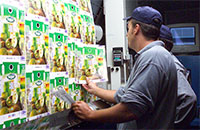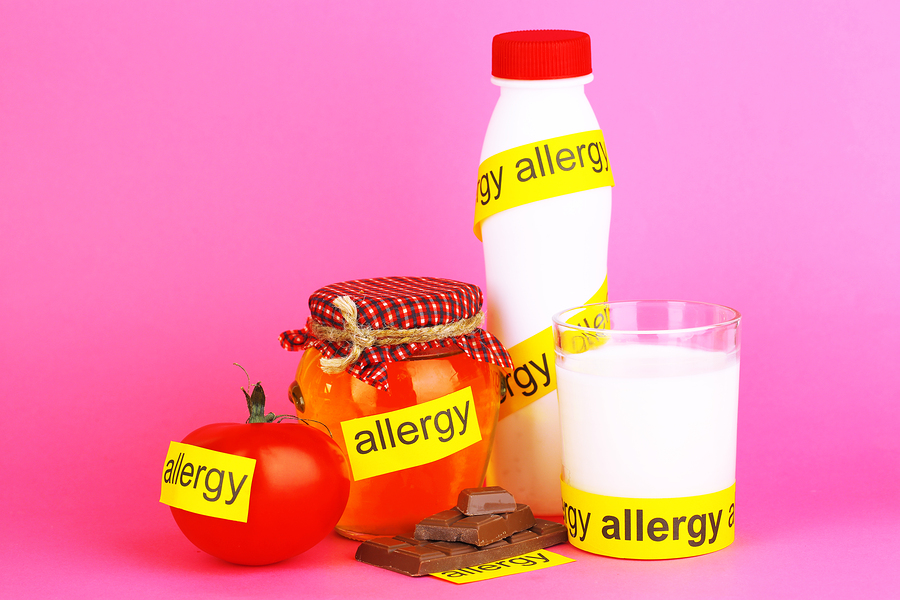Do Packaging Certification Standards Improve Food Safety?
By Jaan Koel
Food packaging companies have been under a lot of pressure to reduce waste through reduction and recycling, increase performance, while ensuring food safety. This demand has largely been driven not only by the public at large, but also by food manufacturers and retailers—a packaging company’s primary and secondary customers.
Pressures on all three fronts have caused these companies to develop new materials, processes, and additives, such as antioxidants and stabilizers, lubricants, anti-static and anti-blocking agents, and other things. But are they safe? The best insurance is complying with a GFSI-based packaging certification standard, such as IFS PACsecure, BRC, FSSM, and others, through a rigorous third-party audit.
Food Packaging Certification Improvements
But how effective are they? None of these packaging certification standards has been measured yet, but what’s interesting is that they’re identical in many ways to others that have. For instance, according to recent university studies, food manufacturers with GFSI-based food certification standards are showing marked advancements in business value and across the food safety spectrum. One of the most recent ones was conducted by the University of Rostock in Germany and commissioned by the creators of the IFS Food Standard. Packaging is a crucial part of the value chain, and we’re raising the bar to ensure that we do our part in getting food onto the kitchen table that’s always safe. “Respondents reported an average 17% reduction in food recalls, 27% reduction in customer claims and complaints related to food safety and food quality; 51% reduction in regulatory issues; and 40% reduction in product error and defect rates,” says IFS Americas Director of Marketing and Business Development, George Gansner.
Meanwhile, an earlier study involving the BRC Food Standard and conducted by the University of Arkansas and Walmart showed a similar trend—a 40% reduction in problems overall. “It would be difficult for any senior manager to say she or he is not interested in that,” notes BRC John Kukoly, Director BRC Global Standards Americas.
“We’ve also done a similar study with our IFS Logistics standard for storage and distribution in conjunction with US Foods and the University of Michigan,” notes Gansner. “The results are similarly excellent, and we will be releasing them at the Food Safety Summit in Baltimore in April.”
Gansner believes strongly that the results of these two IFS studies will characterize other schemes as well, including packaging certification standards, such as IFS PACsecure.
Perfect Fit – IFS and PAC
This packaging certification came about from an alliance between IFS and PAC Packaging Consortium a few years back. “The fit was perfect,” according to PAC President Jim Downham. “A unique feature of the IFS PACsecure standard is that it was designed by a wide range of stakeholders with specific expertise in the packaging industry.”
How measurable is it? “We haven’t gone that far yet, but we view it much like an insurance policy,” explains Downham. “The value of compliance is getting a sophisticated process in place that’s documented, implemented through staff training, and monitored by checklists,” he says. “It’s basically going to allow you to follow good business practices, lead to lower costs, greater efficiency, and improved food safety down the line. Packaging is a crucial part of the value chain, and we’re raising the bar to ensure that we do our part in getting food onto the kitchen table that’s always safe.”
Packaging Certification Audits
According to BRC’s Kukoly, specific expertise—both in packaging and food—is extremely important in the implementation phase. “We’re very rigorous about matching our BRC Packaging Standard auditors’ knowledge and skill set to the specific type of packaging plant being audited. We expect our auditors to be able to walk into a packaging manufacturer’s facility and know what every piece of equipment does, how it works, and what the risks are in making that package for the exact food applications it’s intended for. For instance, if an auditor’s expertise is in dairy, he or she would not be allowed to audit a seafood packaging plant.”
Kukoly says BRC focuses on three things when it comes to packaging. First is how it interacts with the product, for instance, if there’s any migration of harmful elements to the food inside. Second is protecting the product, in other words making sure the package doesn’t fail. And third is labeling, making sure that what’s printed on the package is a true representation of the product. “The BRC Packaging Standard revolves around those three areas,” he says.
A big motivator in complying with a packaging certification standard is customers. More and more of them, with Walmart in 2008 and Target in 2010 being the frontrunners, are now demanding it.
What’s to lose? With a relatively small investment, a packaging company ends up with a better business process, contributes to improved food safety down the line, more sales, greater competitiveness, and a better night’s sleep.
About the Author
Jaan Koel is a respected food safety writer with a substantial portfolio developed over many years of front line writing experience.He began contributing to GFSR five years ago and is a regular contributor of other industry leading business-to-business publications. Aside from his expertise in the area of article writing, he has developed a strong credibility writing in the areas of corporate communications,public relations, government communications and marketing. [email protected].
To have more articles like this emailed to your inbox, become a GFSR Member today!

-
 FeaturedRisk management
The Cost of a Breach: What a Cyberattack Could Mean for Food Safety Recalls
FeaturedRisk management
The Cost of a Breach: What a Cyberattack Could Mean for Food Safety Recalls
-
 FeaturedRisk management
Securing the Food Chain: How ISO/IEC 27001 Strengthens Cybersecurity
FeaturedRisk management
Securing the Food Chain: How ISO/IEC 27001 Strengthens Cybersecurity
-
 FeaturedRisk management
Revolutionizing Food Safety Training: Breaking Out of the “Check-the-Box” Mentality
FeaturedRisk management
Revolutionizing Food Safety Training: Breaking Out of the “Check-the-Box” Mentality
-
 GFSI Standards
GFSI 2025: Building Trust, Tech-Forward Solutions, and Global Unity in Food Safety
GFSI Standards
GFSI 2025: Building Trust, Tech-Forward Solutions, and Global Unity in Food Safety
-
 FeaturedFood Safety
Integrated Pest Management: Strategies to Protect Your Brand’s Reputation
FeaturedFood Safety
Integrated Pest Management: Strategies to Protect Your Brand’s Reputation
-
 FeaturedFood Safety Culture & Training
No Open Door Policy: Challenges That Impact Pest Control in Food Processing Plants
FeaturedFood Safety Culture & Training
No Open Door Policy: Challenges That Impact Pest Control in Food Processing Plants



